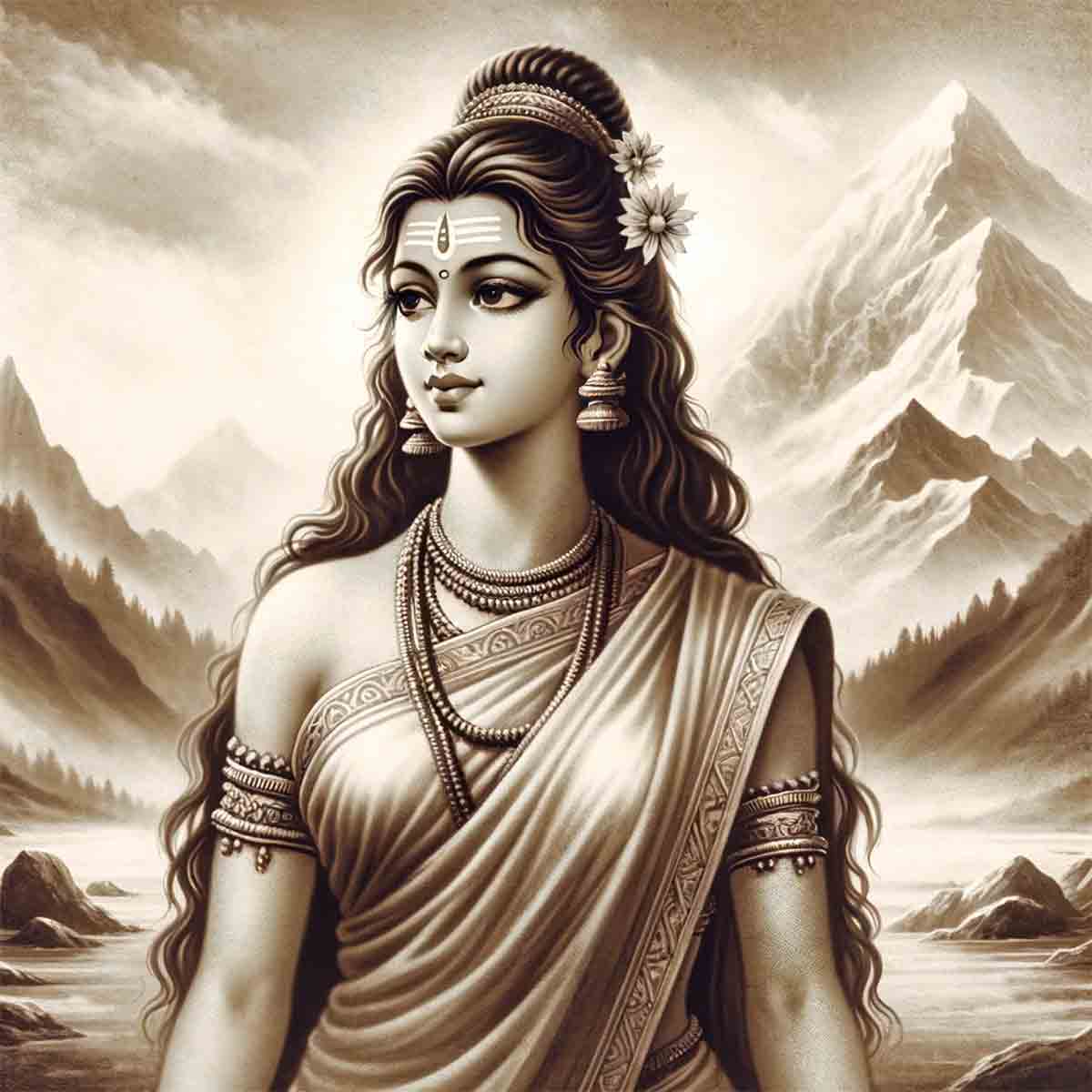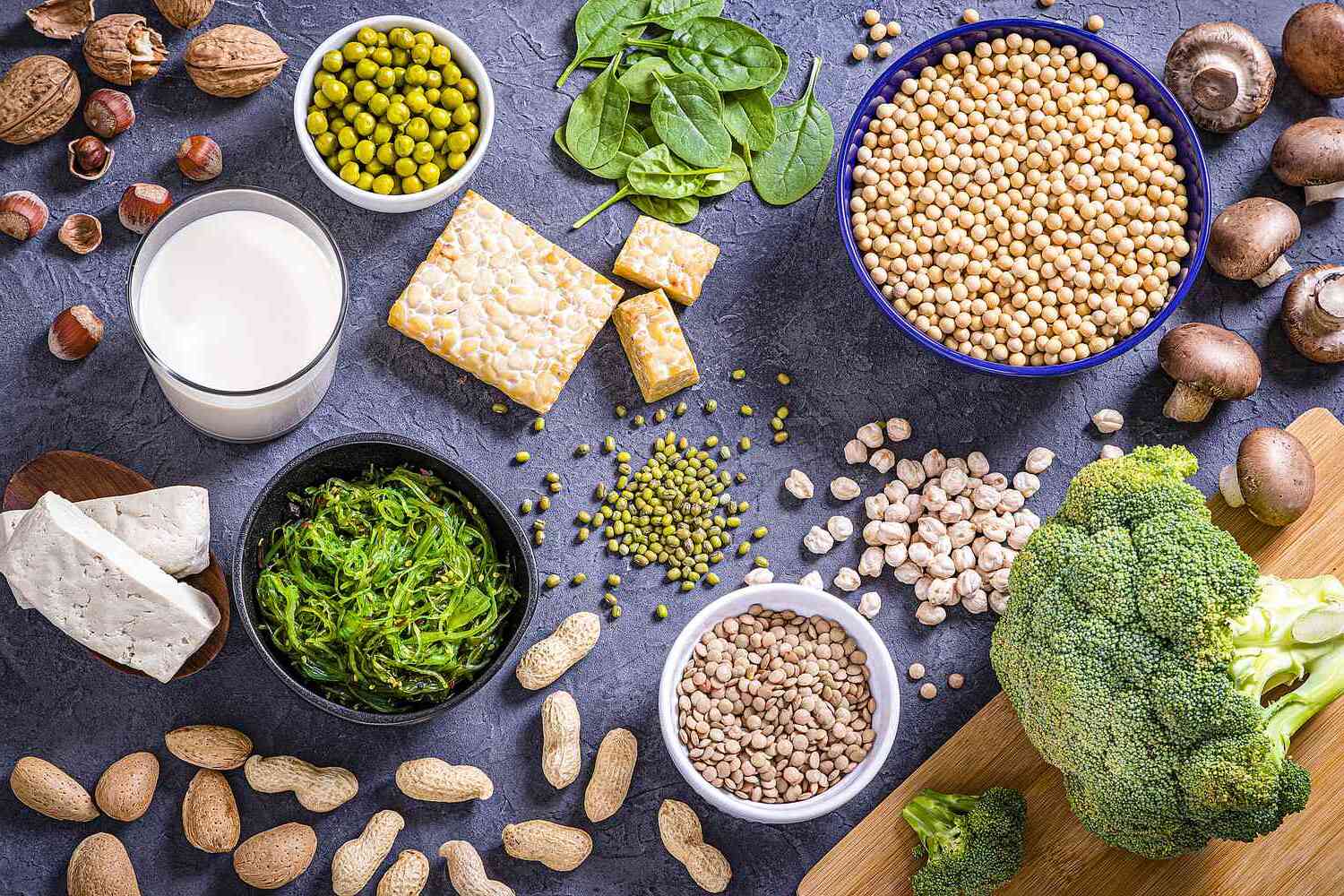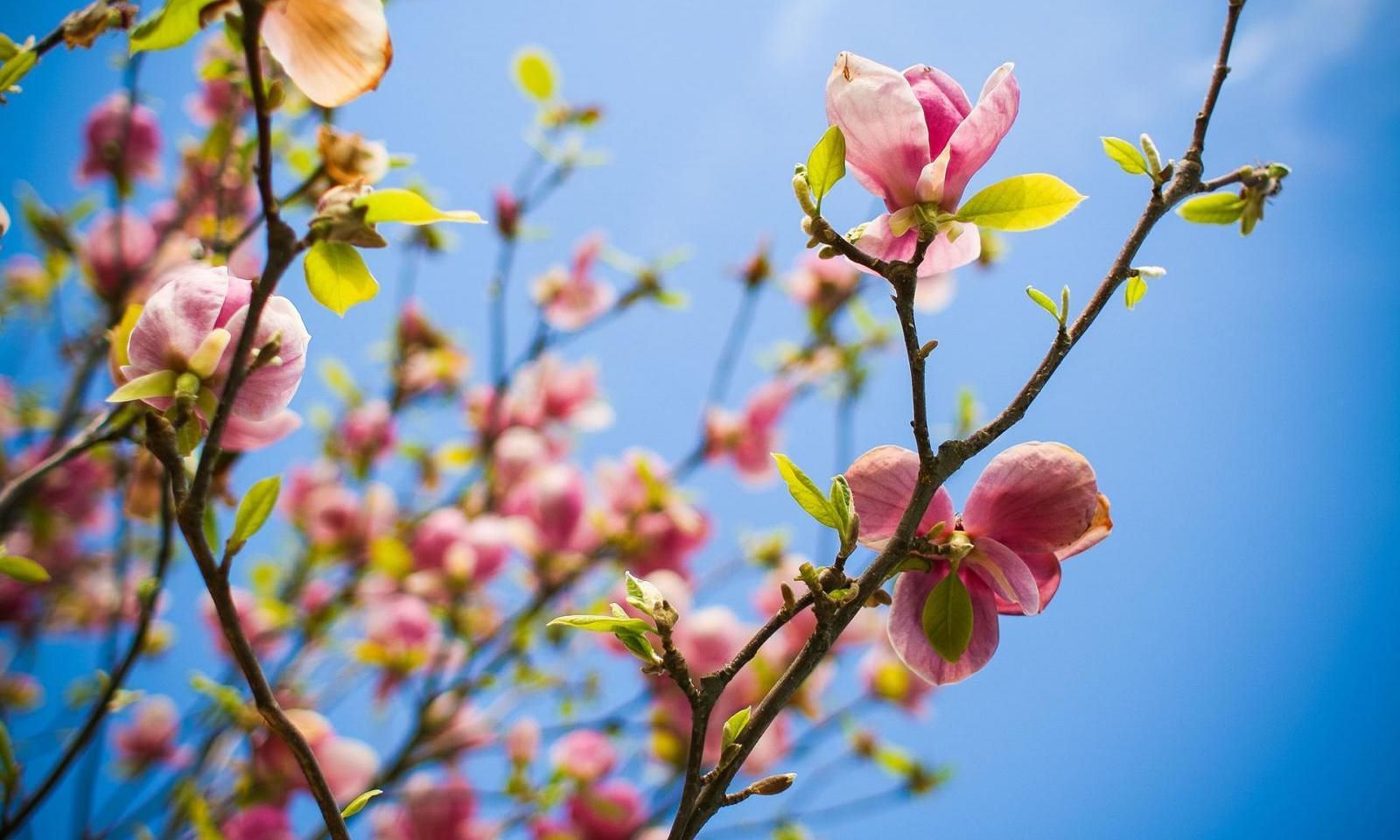
Parvati, the Hindu goddess of love, fertility, and devotion, holds a significant place in Hindu mythology and spirituality. Her portrayal as a nurturing and compassionate deity has endeared her to millions of devotees worldwide. In this article, we will delve into 20 fascinating facts about Parvati, shedding light on her multifaceted nature and the profound impact she has had on Hindu culture and belief systems.
From her divine union with Lord Shiva to her various manifestations and roles in Hindu epics, Parvati's story is rich with symbolism and spiritual wisdom. Join us as we explore the captivating facets of Parvati's character, her divine attributes, and her enduring relevance in modern-day Hinduism. Whether you are a devout follower seeking to deepen your understanding of Parvati or simply intrigued by the allure of Hindu mythology, these 20 facts will offer a compelling glimpse into the divine persona of this revered goddess.
Key Takeaways:
- Parvati, the Hindu Goddess of Love and Power, embodies strength, compassion, and wisdom. Her divine presence symbolizes the harmonious balance of creation and destruction, inspiring devotion and reverence in Hindu culture.
- Parvati’s multifaceted persona and divine attributes, such as her nurturing nature and fearlessness, continue to inspire spiritual growth and prosperity. Her timeless significance in Hindu mythology reflects the profound symbolism of love and power.
Parvati, the Hindu Goddess of Love and Power
Parvati, also known as Uma, is a revered deity in Hinduism, embodying love, fertility, and strength. Let's delve into 20 intriguing facts about this divine figure.
Parvati is the daughter of the mountain king Himavan.
Born to the majestic Himalayas, Parvati's lineage is deeply rooted in the grandeur of the mountains, symbolizing her strength and resilience.
She is the consort of Lord Shiva.
Parvati's union with Lord Shiva represents the divine balance between masculine and feminine energies, signifying the harmonious forces of creation and destruction.
Parvati is the mother of Lord Ganesha.
Her son, Lord Ganesha, is celebrated as the remover of obstacles and the harbinger of good fortune, embodying wisdom and auspicious beginnings.
She is often depicted with a trishul (trident).
The trishul is a symbol of power and represents the three aspects of consciousness – waking, dreaming, and deep sleep – reflecting Parvati's authority over the cosmic order.
Parvati is revered as the nurturing mother goddess.
Her compassionate and caring nature exemplifies the essence of maternal love, providing solace and protection to all living beings.
She is also known as "Shakti."
The term "Shakti" encapsulates her dynamic energy, representing the primordial cosmic energy that fuels creation and sustains the universe.
Parvati is associated with the festival of Navaratri.
During Navaratri, devotees honor the various manifestations of Parvati, celebrating her divine attributes and seeking her blessings for spiritual growth and prosperity.
She is often depicted riding a lion or tiger.
The image of Parvati astride a fierce feline symbolizes her fearlessness and her ability to harness and control powerful forces.
Parvati is revered as Annapurna, the goddess of food and nourishment.
Annapurna's benevolence ensures the sustenance of all living beings, emphasizing the significance of food as a fundamental source of life.
She is a central figure in the mythological narrative of "Shiva Purana."
The epic "Shiva Purana" chronicles the celestial romance and divine exploits of Parvati and Shiva, captivating readers with its profound symbolism and timeless teachings.
Parvati is often depicted with a lotus in her hand.
The lotus, a symbol of purity and enlightenment, signifies Parvati's transcendental beauty and her role in awakening spiritual consciousness.
She is revered as the embodiment of "Ardhanarishvara."
The concept of Ardhanarishvara represents the inseparable union of Shiva and Parvati, symbolizing the complementary nature of male and female energies within the cosmic dance of existence.
Parvati's divine marriage to Shiva is celebrated during the festival of "Gauri Tritiya."
Devotees commemorate the celestial union of Parvati and Shiva during Gauri Tritiya, seeking blessings for conjugal harmony and marital bliss.
She is associated with the sacred river Ganges.
Parvati's close connection to the holy river Ganges underscores her purifying presence and her role in bestowing spiritual liberation and purity.
Parvati is revered as "Haimavati," the daughter of the Himalayas.
The title "Haimavati" pays homage to her mountainous origins and her deep-rooted connection to the Himalayan terrain.
She is worshipped in various forms across different regions of India.
Parvati's diverse manifestations reflect the rich tapestry of Indian culture, with each form accentuating specific aspects of her divine attributes and grace.
Parvati is venerated as "Kalyani," the auspicious one.
The epithet "Kalyani" signifies her benevolent nature and her role in bestowing auspiciousness and well-being upon her devotees.
She is often depicted with a third eye on her forehead.
The third eye symbolizes higher perception and spiritual insight, signifying Parvati's profound wisdom and her ability to perceive the truth beyond ordinary vision.
Parvati's divine presence embodies the eternal dance of creation and destruction, encapsulating the cyclical nature of existence and the transformative power of divine love.
Parvati's multifaceted persona and her divine attributes continue to inspire devotion and reverence, resonating deeply with the spiritual fabric of Hindu culture and philosophy.
This comprehensive exploration of 20 captivating facts about Parvati, the Hindu Goddess of Love and Power, offers a glimpse into the profound symbolism and timeless significance of her divine presence in Hindu mythology and spiritual traditions.
Conclusion
In conclusion, Parvati is a revered figure in Hindu mythology, embodying strength, compassion, and devotion. Her multifaceted nature as a mother, wife, and goddess of fertility and love has endeared her to millions of devotees. Through her various forms and roles, Parvati symbolizes the eternal feminine energy and serves as an inspiration for inner strength and resilience. Her stories and attributes continue to resonate with people across generations, making her a timeless and beloved deity in Hinduism.
FAQs
What are the different forms of Parvati?
Parvati is worshipped in various forms, including Durga, Kali, and Gauri, each representing different aspects of her divine nature. These forms showcase her power, ferocity, and nurturing qualities.
What is the significance of Parvati in Hindu mythology?
Parvati is revered as the consort of Lord Shiva and the mother of Lord Ganesha and Lord Kartikeya. She symbolizes love, fertility, and the embodiment of feminine strength, making her a central figure in Hindu mythology and religious practices.
Parvati's captivating tales leave you yearning for more divine explorations. Venture into the enchanting realm of Surkanda Devi, where mysteries await. Unravel the enigmatic allure of Meenakshi Temple, a sacred sanctuary steeped in legend. Prepare to be astonished by MeenakshiSundareswarar Temple's architectural marvels and spiritual significance. Each destination promises a transformative journey, inviting you to delve deeper into the rich tapestry of Hindu mythology and culture. Embark on these enthralling adventures, and let the divine essence guide your path to enlightenment.
Was this page helpful?
Our commitment to delivering trustworthy and engaging content is at the heart of what we do. Each fact on our site is contributed by real users like you, bringing a wealth of diverse insights and information. To ensure the highest standards of accuracy and reliability, our dedicated editors meticulously review each submission. This process guarantees that the facts we share are not only fascinating but also credible. Trust in our commitment to quality and authenticity as you explore and learn with us.


